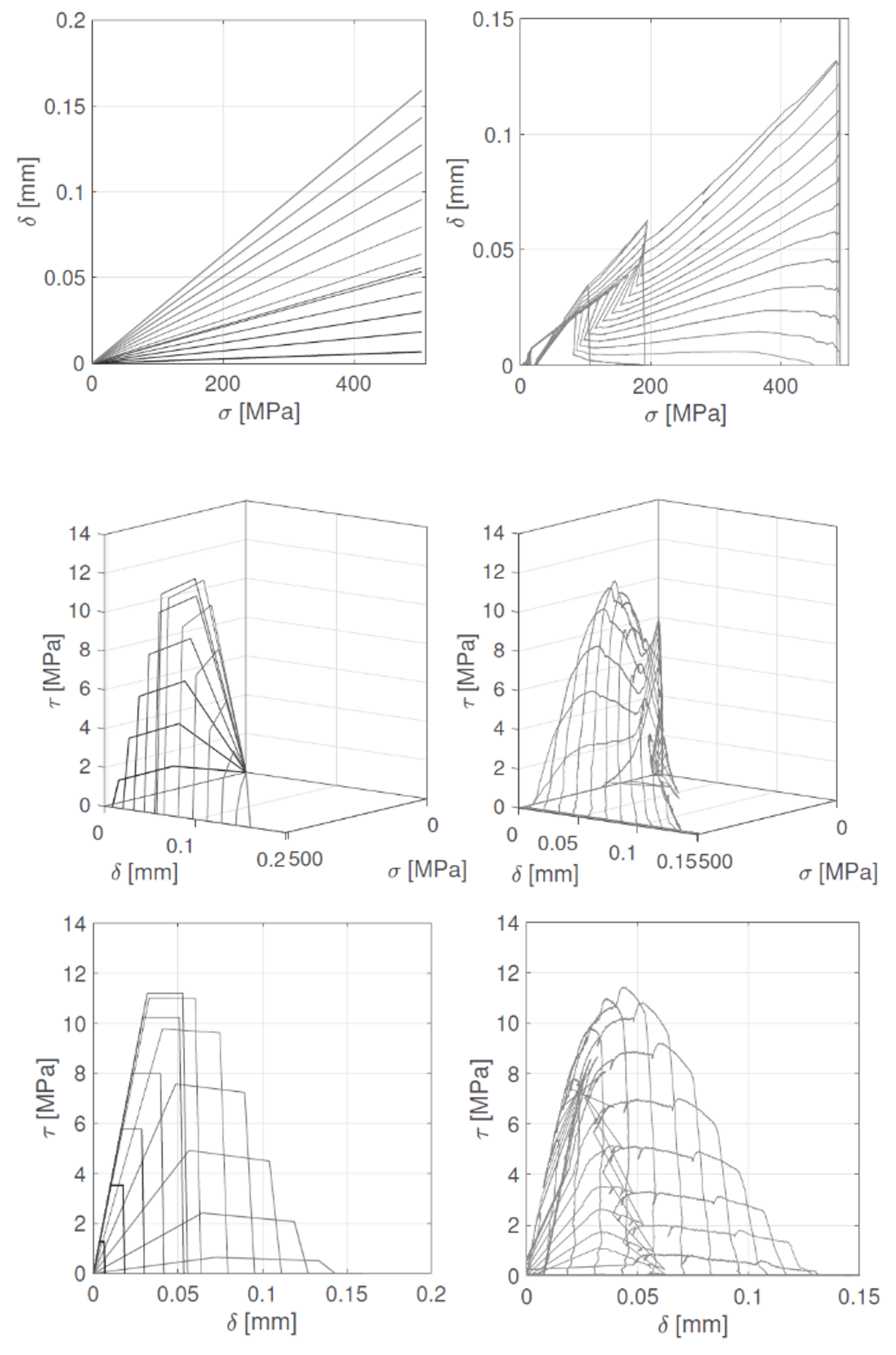Bond behaviour of structural concrete - Fibre optic strain measurements at tension members with mixed and coupled reinforcement
Author: Tena Galkovski
Language: English
Abstract
Bond between concrete and steel is the base for a coaction between these materials. It allows the constructor to make use of the steel’s high tensile strength combined with the good performance of concrete under compression. This contributes to the efficiency of structural concrete. Further, bond is essential for crack formation and hence, ductility and serviceability. In addition, it is a main influence factor for the anchoring length of reinforcement bars. A proper understanding of the bond behaviour is in either way beneficial, which explains the wide range of investigation and research already done upon this topic for more than a century. In spite of that, there are still a lot of remaining unsolved questions and contradictory findings.
Within the scope of this work, fibre optic strain measurement is applied at RC members with mixed and coupled reinforcement, that are submitted to monotonic and cyclic loading. The strains of the reinforcing steel are measured with a resolution of 3 s in time and 5 mm in space along their longitudinal axis. With a repeatability of 2 μm/m, the technique proved to be a powerful tool to illuminate the phenomena at the interface between concrete and reinforcing steel.
It can be confirmed, that a deterioration of bond stresses caused by cyclic loading occurs. However, some further influence factors are to be taken into account, such as the upper and lower boundary of the load within the cycles, as well as the current load level. Furthermore, it is dashy, that the bond stress - slip behaviour exhibits a local dependency. Each location from the ideal cross section up to the crack features an own characteristic bond behaviour. The comparison to the state-of-the-art makes clear, that the investigation and the modelling of pull-out tests is not representative for the current case of a RC member with hot-rolled steel. In addition, most of the regarded models do not allow to take a fundamental and imprinting characteristic of a chord element into account, i.e. that bond stresses are to zero at a crack. Out of this lack, the basis for a Chord Element Model is deduced within the framework of this Master’s thesis. The model takes local dependency into account and has parameters that are able to capture the influence of impairment, as well as the influence of the chord element length.
At last, an unexpected phenomenon compounds the evaluation of the stresses at the couplings, i.e. the occurrence of residual stresses in the reinforcing steel during crack formation. Since the coupling itself is not instrumented due to the danger of being damaged, its stresses are supposed to be calculated indirectly through the applied load and the load in the remaining reinforcement layers in the cross section. The existence of the further unknowns within this system calls for a change in the testing setup and instrumentation, which is suggested for further investigations.

